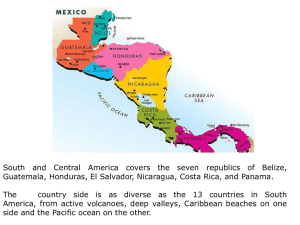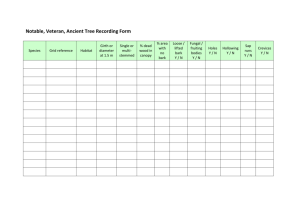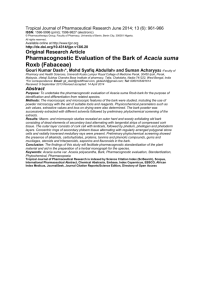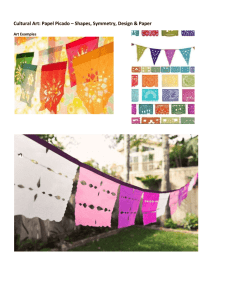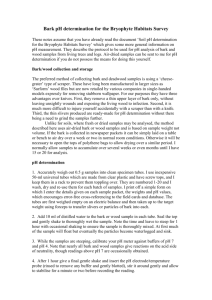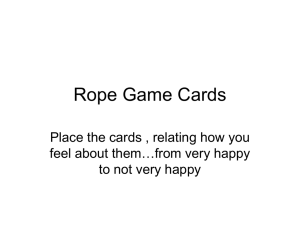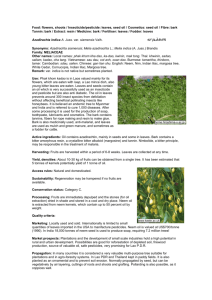014912800137996565452409ad624700
advertisement
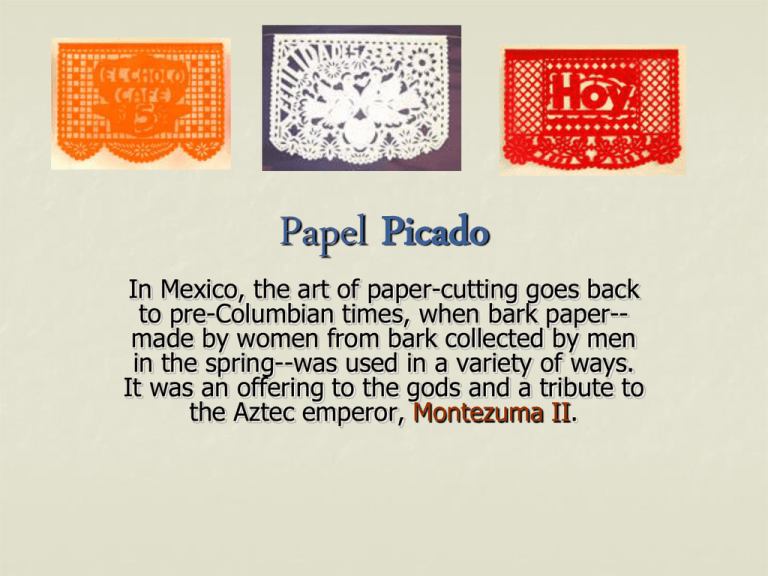
Papel Picado In Mexico, the art of paper-cutting goes back to pre-Columbian times, when bark paper-made by women from bark collected by men in the spring--was used in a variety of ways. It was an offering to the gods and a tribute to the Aztec emperor, Montezuma II. Means “Punched Paper” Traditionally made with a hammer and punch tools on stacks of tissue like paper so that several are made at once. On certain holidays, it decorated the idols in temples and palaces. Other early uses of cutpaper also had a spiritual dimension: cutouts of dark paper were made to represent evil spirits; those of white paper represented good spirits and were used by healers and witches in their rituals. One of the most popular Mexican celebrations is El Dia de los Muertos (Day of the Dead). On this holiday, colorful paper cutouts depicting dancing skeletons, market scenes, or other everyday activities are part of the offerings on family altars. Dia De Los Muertos November 1 & 2 Day of the Dead is an official holiday of the Catholic Calendar. In the home an altar is made with an offering of food upon it. It is believed that the dead partake of the food in spirit and the living eat it later. The Day of the Dead is a beautiful ritual in which Mexicans happily and lovingly remember their loved relatives that have died. On other occasions, other traditional motifs are preferred: a pair of doves for a wedding celebration or the image of the Virgin Mary for a religious holiday. Day of The Dead: First Communion: Quinceanera: Wedding: Summary: 1. 2. 3. 4. 5. The term Papel Picado literally translates into: Punched Paper What Religion is Day of the Dead based in? Catholic Religion In early times, dark paper represented: Evil What kind of paper was the first Papel Pacido made from? Bark Paper What ancient Aztec Emporer was bark collected for as an offering? Montezuma II
